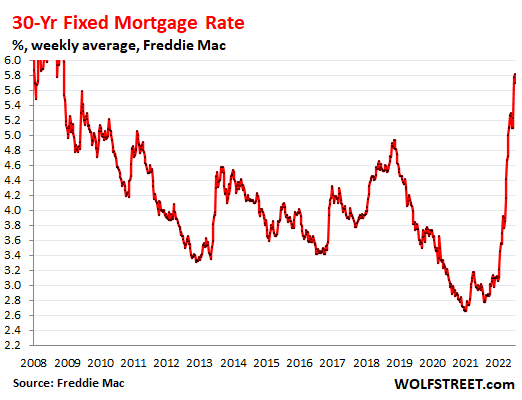Bidenomics Explained

“Bidenomics” is the nickname for the economic vision of President Joe Biden. It’s used to convey his administration’s economic gains, policies and plans.
Bidenomics made its first appearances in June — in both The Wall Street Journal and The Financial Times — but neither publication intended it as a compliment. Nevertheless, Biden has opted to embrace the moniker rather than ignore it.
Bidenomics has since become essential to Biden’s messaging about the strength of the economy under his administration — and will likely be central to his imminent re-election campaign.
What is Bidenomics?
On July 21, Biden summed up the Bidenomics philosophy on Twitter: “Bidenomics is about growing the economy from the middle out and the bottom up, not the top down.”
Bidenomics is a wordplay on Reaganomics, the nickname for the Reagan administration’s economic policies, which emphasized four pillars: tax cuts, deregulation, domestic spending cuts and inflation reduction.
Bidenomics, according to the White House, is a rejection of the trickle-down economic policies that defined Reaganomics. The three pillars of Bidenomics are:
-
Making public investments. Biden’s administration says targeted public investment can attract more private sector investment. The White House specifically points to priority investments in infrastructure, semiconductors, clean energy and climate security. Some of those critical investments were part of the Inflation Reduction Act (IRA); the CHIPS and Science Act; as well as the Infrastructure Investment and Jobs Act.
-
Empowering and educating workers to grow the middle class. Biden’s administration has pointed to a strong recovery in employment defined by low unemployment and high labor force participation as one of its victories. It asserts a commitment to education at all levels including free universal pre-K, free community college, as well as investment in registered apprenticeships and career technical education programs. The administration also says it supports empowering workers by easing barriers to joining a union.
-
Promoting competition to lower costs and help entrepreneurs and small businesses to thrive. The administration has been committed to antitrust laws to promote competition and says its efforts have paid off. It is also committed to lowering costs for consumers, fighting junk fees and making it easier for new products to enter the market.
How is the economy doing under Biden?
Biden inherited challenging economic conditions, largely characterized by the impacts of the pandemic including unprecedented job loss, widespread supply chain disruptions and mass death.
Since Biden first took office, the economy has been defined by opposing forces, namely sky-high inflation and a relentlessly robust labor market. While price increases are slowing, costs remain elevated for the things consumers tend to care most about, especially staples like groceries and gas. The Federal Reserve’s attempts to tame inflation by hiking interest rates has led to the highest mortgage rates in 23 years — making homeownership more unattainable for everyday Americans.
This all means, that despite boasting some of the lowest unemployment figures in more than 50 years and steadily stabilizing price growth, the Biden administration has struggled against negative perceptions of the economy and the ever-present threat of a recession on the horizon.
A September poll by the Associated Press-NORC Center for Public Affairs Research found that only 33% of surveyed Americans approve of Biden’s handling of the economy. That approval percentage has remained fairly consistent since January 2022.
Photo by Scott Olson/Getty News via Getty Images.


